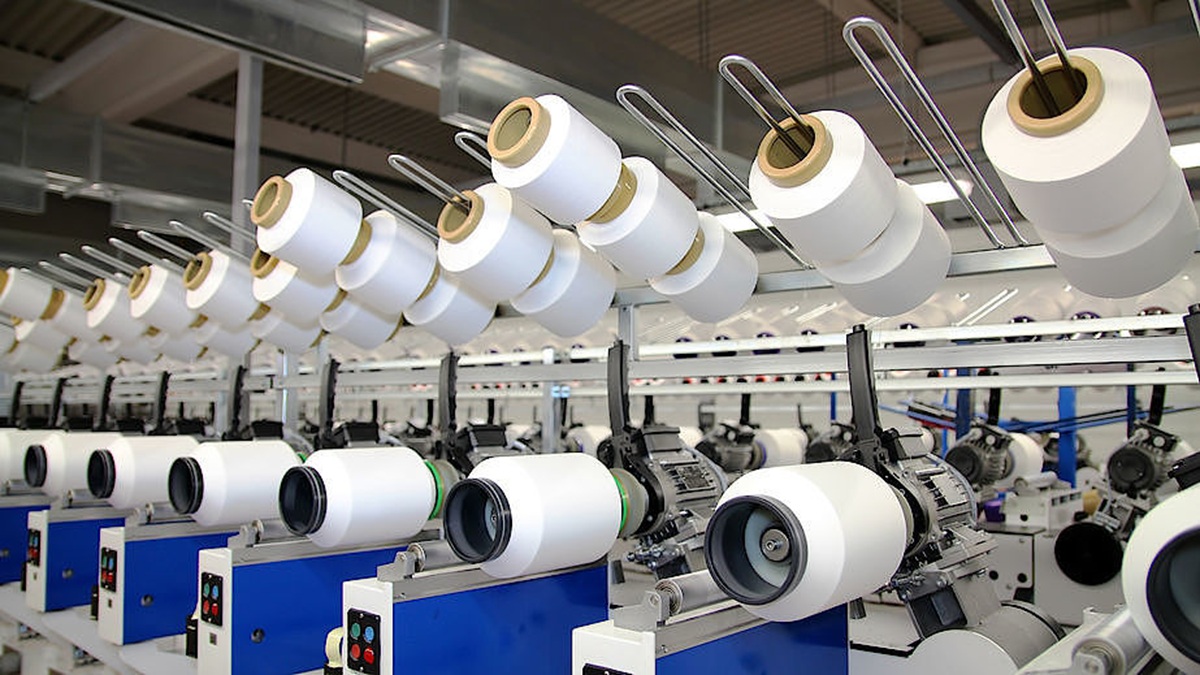Historically, the global textile industry relied on mass production and economies of scale for low-cost manufacturing. However, as consumer demands become increasingly diverse and dynamic, small-batch, high-mix production and fast delivery have become the market mainstream. Taiwan, with its complete and advanced textile supply chain and high-end functional fabric technology, has long demonstrated competitiveness on the international stage. Facing global supply chain restructuring and the fast fashion trend, Taiwan's textile industry is actively pursuing a digital and localized transformation. The goal is to build a flexible, responsive agile supply chain, making manufacturing a sustained competitive advantage.
From Mass Production to Agile Manufacturing
The traditional mass production model, while effective for cost reduction, is hindered by a lengthy supply chain and high inventory risks. This makes it unable to meet the demands of modern Fast Fashion and On-Demand markets, where brands need a shorter product lifecycle. Every stage, from design and sampling to final market launch, must be completed in a very short timeframe.
To address this challenge, Taiwan's textile industry is shifting from simple contract manufacturing to an Agile Manufacturing model. This approach emphasizes flexibility and high efficiency, aiming to shorten every step from order placement to delivery. This isn't just about adjusting production lines; it requires comprehensive collaboration across the entire supply chain, from upstream yarn and fabric development to downstream garment manufacturing and logistics.
Two Core Strategies: Localization and Digitalization
To achieve agile manufacturing and a fast market response, Taiwan's textile industry is adopting two main strategies:
Production Localization: Strengthening Local Collaboration and Reducing Time-to-Market Risks
In the past, many textile production facilities moved overseas due to cost factors. But facing fast fashion and urgent reorders, the long-distance supply chain has become a bottleneck. Leading companies are now gradually bringing the production of high-end functional fabrics and complex garments back to Taiwan. This offers several key benefits:
- Drastically reduced logistics and sampling time, overcoming delays from sea and air freight and shortening product launch cycles.
- Improved real-time communication between designers and factories, cutting down on time-consuming sample revisions.
- Enhanced quality control, as the proximity of local production allows for better monitoring and stability of manufacturing processes.
Furthermore, the government is actively promoting smart manufacturing subsidy programs and industry partnerships, effectively facilitating the implementation of localization strategies.
Digitalization Management: Connecting the Supply Chain for Smart Manufacturing
Taiwanese textile companies are integrating IoT sensors, automated warehousing, and robotic arms to boost production efficiency and precision. AI-driven prediction models analyze sales data and market trends to forecast demand accurately. This helps brands make smarter ordering decisions, reduce inventory pressure, and optimize production schedules. A cloud-based digital platform connects all supply chain partners, enabling real-time information sharing and enhancing supply chain transparency and responsiveness.
Key Technology Application: Smart Manufacturing and Data Integration
Taiwan's textile leaders know that localization alone isn't enough. True competitiveness comes from deeply integrating local advantages with digital technologies. For example, some leading Taiwanese firms have implemented Manufacturing Execution Systems (MES) to precisely track fabric production progress and quality. When an international brand needs an urgent reorder, the system can quickly assess local factory capacity. It then uses a cloud-based digital platform to coordinate with the entire supply chain—from upstream to downstream—to respond efficiently. This significantly shortens delivery times and boosts overall operational flexibility, establishing a crucial competitive advantage for Taiwanese manufacturers in the global market.
Future Outlook: The Supply Chain as a Competitive Edge
As digitalization and localization continue to deepen, Taiwan's textile industry is transforming from a traditional manufacturer into a "supply chain solutions provider." The core of future competition will no longer be solely based on cost or production capacity but on the supply chain's responsiveness, collaborative flexibility, and digital integration capabilities. Moving forward, by combining smart manufacturing with sustainable practices, Taiwan will offer global brand clients highly customized, efficient, and eco-friendly solutions, solidifying its leadership in the high-end functional textile market and injecting new vitality into the industry.





.jpg)








